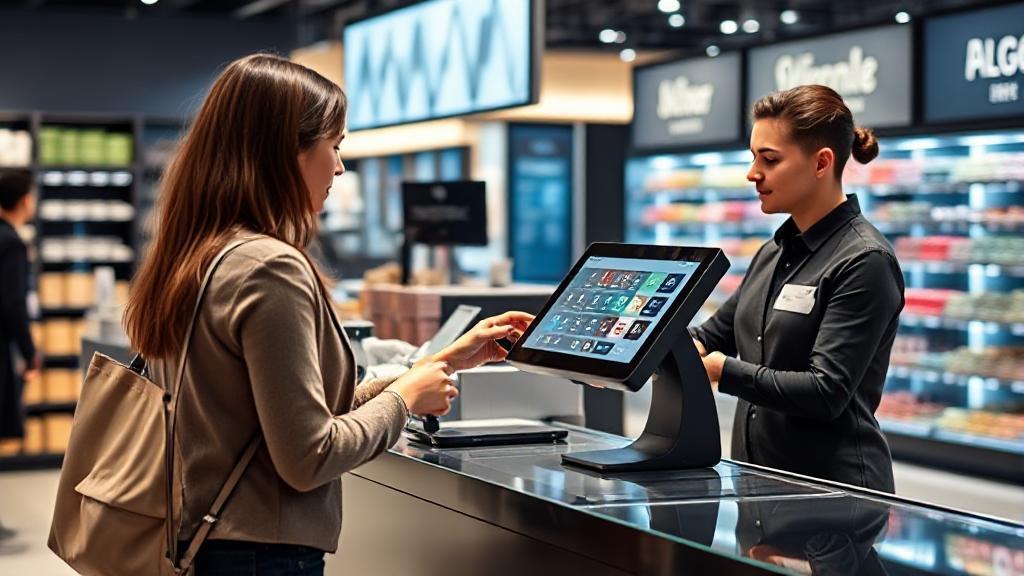What is a POS System?
A Point of Sale (POS) system is the modern evolution of the traditional cash register, serving as a combination of hardware and software that allows businesses to conduct sales transactions. It is the central hub where a customer makes a payment for goods or services at a retail store. Beyond just processing transactions, modern POS systems offer a suite of features that help manage various aspects of a business.
Core Components
Hardware
- POS Terminal: The computer or tablet where the transaction is processed
- Barcode Scanner: Used to scan product codes for quick entry
- Receipt Printer: Prints out transaction receipts for customers
- Cash Drawer: Securely stores cash during transactions
- Card Reader: Facilitates credit and debit card payments
- Customer-facing display
Software
The software component is the brain of any POS system, typically including:
- Inventory Management: Tracks stock levels and alerts for reordering
- Sales Reporting: Provides insights into sales trends and performance
- Employee Management: Tracks employee hours and sales performance
- Customer Relationship Management (CRM): Manages customer data and loyalty programs
- Payment processing integration
Types of POS Systems
-
Traditional POS Systems
- Installed on-premises
- Used by larger businesses with complex needs
- Robust features but costly
- Require regular maintenance
-
Cloud-Based POS Systems
- Flexible and lower upfront costs
- Accessible from any device with internet connection
- Ideal for small to medium-sized businesses
-
Mobile POS Systems
- Designed for processing transactions on the go
- Used by food trucks, market vendors, and mobile service providers
- Reduces hardware costs
- Enables curbside pickup
Popular POS Solutions
Several leading providers offer comprehensive POS solutions:
- Square - Known for mobile payments and small business solutions
- Shopify POS - Excellent for omnichannel retailers
- Toast - Specialized for restaurants
- Lightspeed - Popular for retail and hospitality
Benefits of Using a POS System
"73% of consumers say a good experience is key in influencing their brand loyalties" - PwC Research
- Improved Efficiency: Automates manual processes, reducing errors and saving time
- Enhanced Customer Experience: Faster transactions and personalized service through CRM features
- Data-Driven Decisions: Access to detailed sales reports and analytics
- Better Inventory Control: Real-time tracking of stock levels
Security Considerations
Payment Security
- EMV compliance
- End-to-end encryption
- PCI DSS compliance
- Tokenization of sensitive data
Data Protection
- Regular backups
- User access controls
- Audit trails
- Secure cloud storage
Integration Capabilities
Modern POS systems can integrate with:
| System Type | Examples |
|---|---|
| Accounting | QuickBooks, Xero |
| E-commerce | WooCommerce, Magento |
| Marketing | Mailchimp, Constant Contact |
| Analytics | Google Analytics, Tableau |
Future Trends
Contactless Payments
- NFC technology
- QR code payments
- Mobile wallets
- Biometric authentication
AI Integration
- Predictive analytics
- Automated inventory management
- Personalized recommendations
- Fraud detection
Choosing the Right POS System
When selecting a POS system, consider:
- Business size and type
- Budget constraints
- Required features
- Hardware compatibility
- Integration needs
- Support availability
- User-friendliness
Implementation Best Practices
- Train staff thoroughly
- Start with a pilot program
- Maintain data backups
- Document procedures
- Plan for downtime
